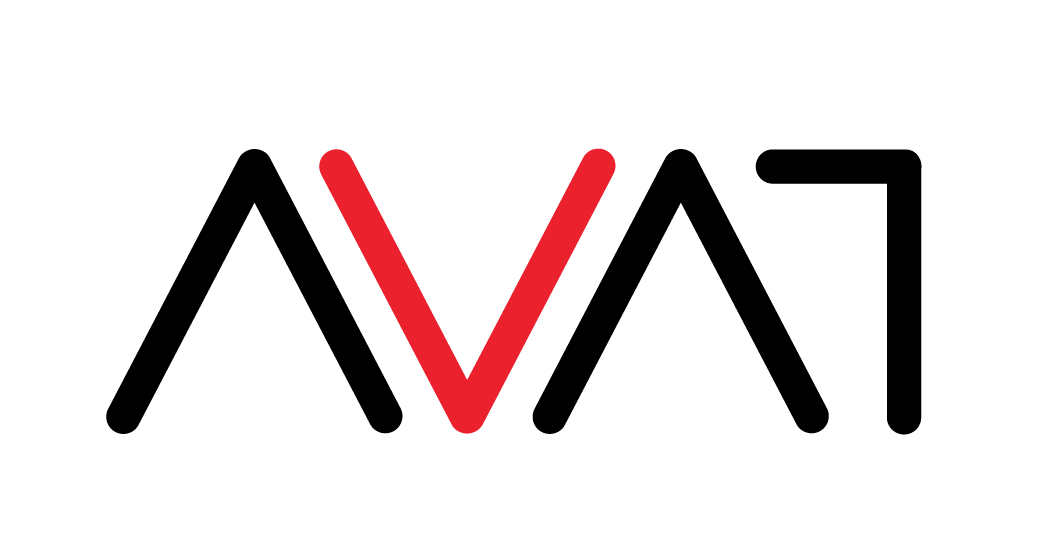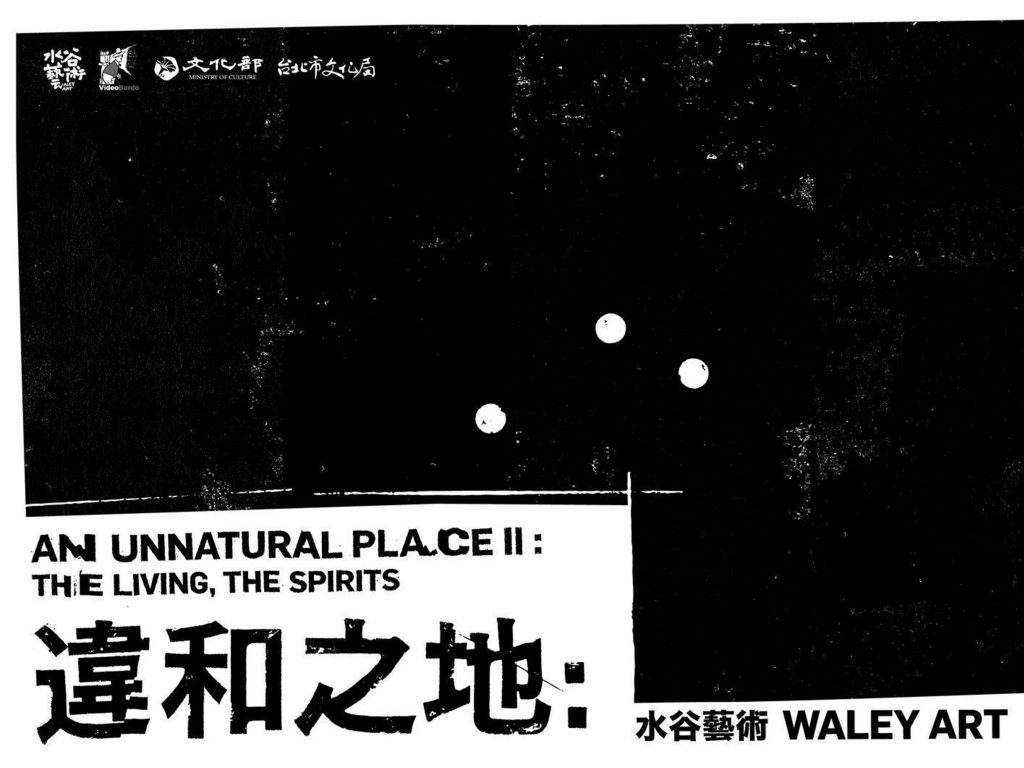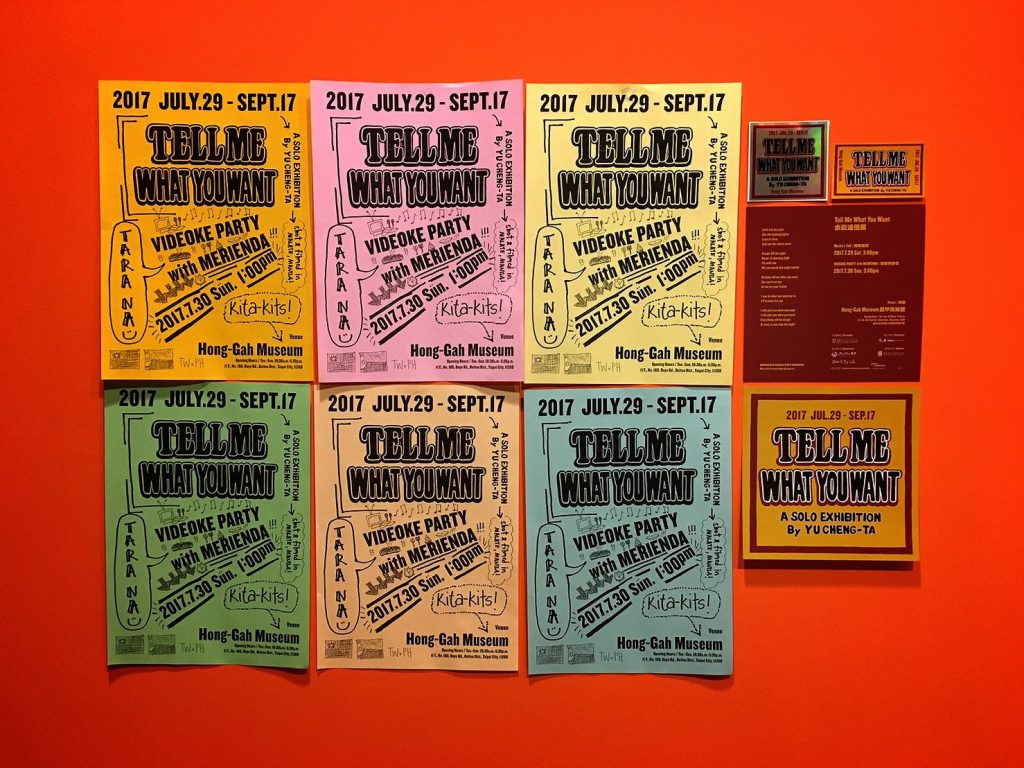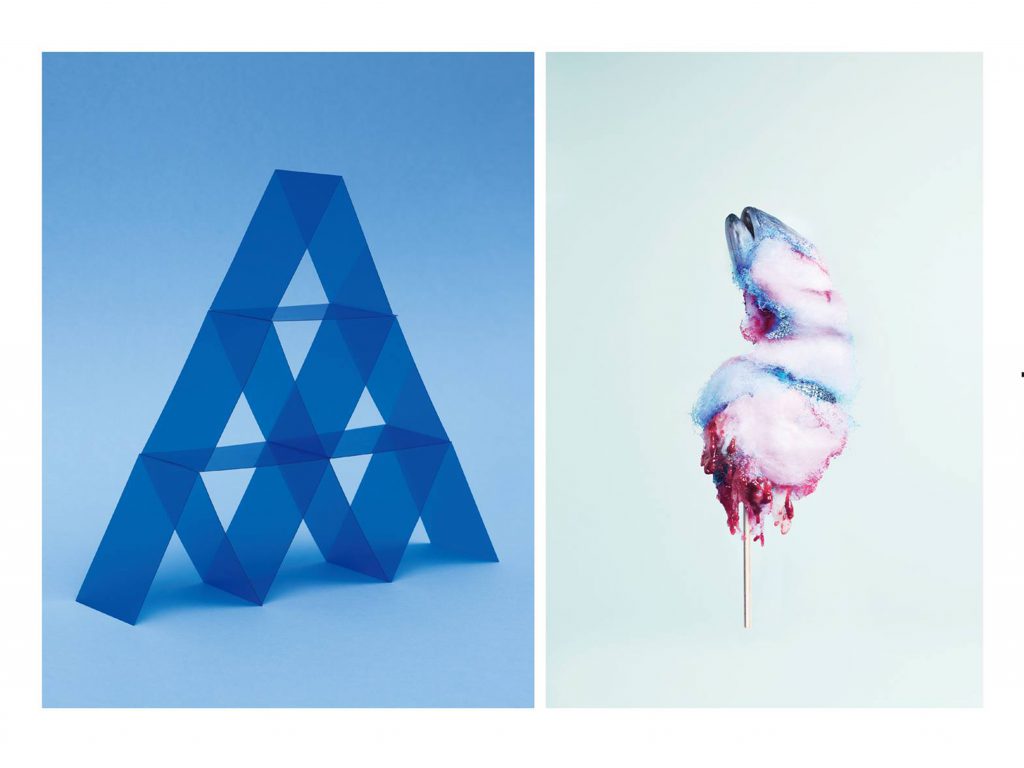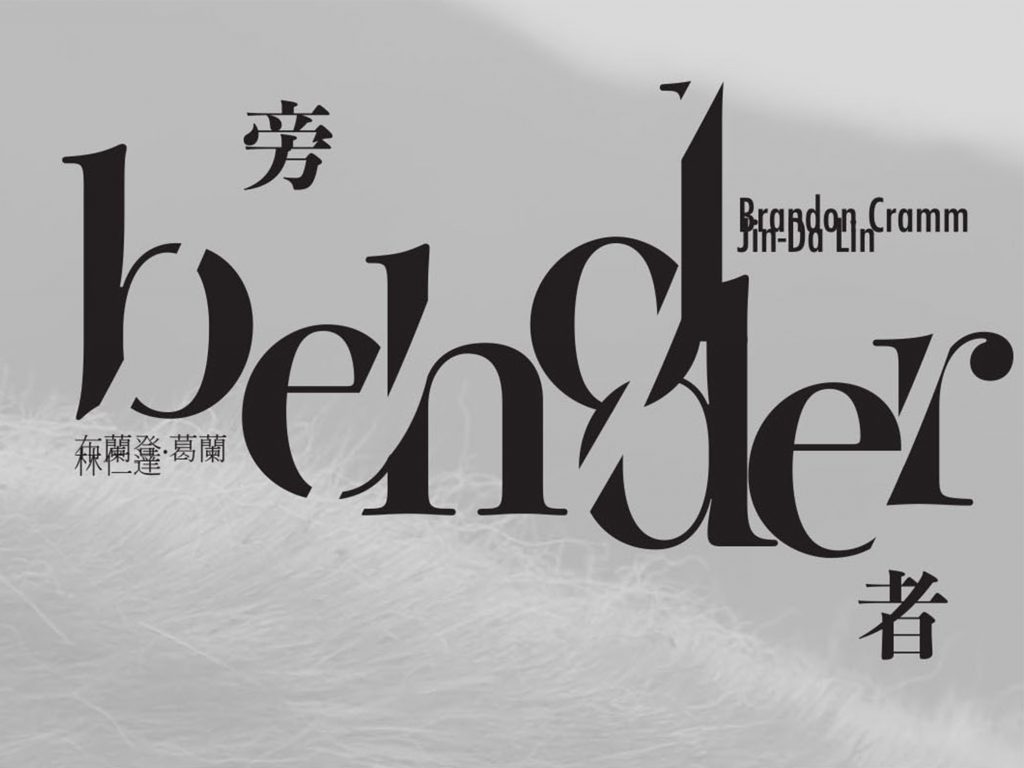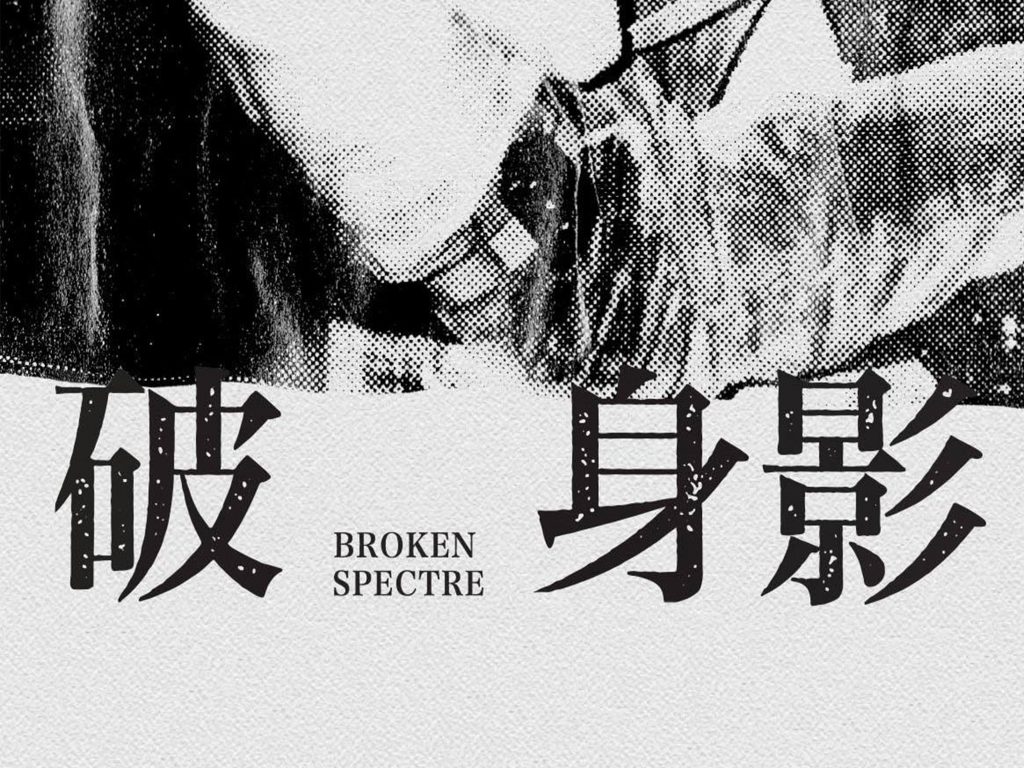
展覽介紹|
本展為「違和之地」系列展,本次以《源氏物語》中「生魂
This exhibition is the series exhibition of “An Unnatural Place” which’s concept is about the “living spirit” and “astral projection”. The works in this show talk about two topics- one is the unnatural feeling out of the separation of self and consciousness. Others are about the situation and identity of sexual and gender that (physiological) females have been facing during the past centuries ( As Japanese ruled period, America’s Army stationed and Chinese Nationalist Government till now) Between the interweave of two kinds of artworks, metaphoring the time while state apparatus, social consciousness and war interact the modern history of Taiwan’s woman’s body which has been coerced and engender the dissociation of memory.
張美陵的攝影作品以 1895 年乙未戰爭的歷史照片作為創
The photography of Chang Mey-Ling use the history photo of the soul of woman and their kinsfolk who fight at the front line to resistance the aggressor of Japanese invasion of Taiwan in 1895, to become her create source. The other image is about the “Tian-Shi-Zhai Pictorial” in Guangxu of the Qing Dynasty. And the photography of Huang Zi-Ming which solicitude the history of Taiwanese comfort woman became the sex slave of Japanese army. Which reach over 2000 of victims, only two woman still alive. Japanese government hasn’t apologize to Taiwan till now.
黃孟雯的攝影與裝置作品先是顯示了美軍駐台時期因美軍有
Orlando Huang’s photography and installation works first involved the time when America’s army stationed in Taiwan, while they treat the female workers ruthless. Because the weakness of political, people in Taiwan can’t get their justice on those killing and rape by America’s army. The other work basic on the field research of normal life of female queer. Talk about the Japanese ruled period till now, female queer’s identity in life of society after marriage. And Wawa and Wong Kai Cho from Trancezone Family. Their music video works is about the self-objectifying of the women exchanging money with their body. Also extend the sexual/gender violence issue.
勸世美少女娃娃與翁會長的 MV 作品則談到以金錢交換身體
Trance beauty girl Wawa and Wong Kai Cho from Trancezone Family. Their music video works is about the self-objectifying of the women exchanging money with their body. Also extend the sexual/gender violence issue. Wen-hsin Teng made the music video by her own experience. Talk about the huge different of live between day and night. She turned herself into the state apparatus by day. The difference makes she feels split personality.
Maria Papi的影像作品與勸世美少女娃娃的MV作品,重視性
在現今國際化時代中,이수진Soo Jin Lee 的作品談到了在異地生活,身為一個女性對於自身狀
Maria Papi’s video work and Trance beauty girl Wawa’s music video witch pay attention on the sexual/gender violence and female body. Papi’s work focus on the connection between female body and water, and let audience again contemplate on female body in An abstract, poetic and metaphoric way.
In the contemporary era of globalization, 이수진 Soo Jin Lee’s work talks about a female’s awareness of an uncanniness within her state in a stranger’s life. She covered herself by plastic fabric, turned into a insulation situation.
김소영 So Young Kim 的作品談到了在各種媒體(包含繪畫、雜誌、廣告、
作為意識疏離隱喻的部分,她的另件作品說了一個孩子在衣
So Young Kim’s work talk about in each media (including illustration, magazine, commercial, comic) which woman’s body all decide by man’s vision. Those postures, body are a kind of vision angle by man. Seen woman as a single object of desire. Shows that body and consciousness are in a situation which can be apart.
As a metaphorical part of alienated consciousness, One of the work is talking about a kid in the closet imagine the world and make up story. The other is about when things remind with only by memory, usually mixed with self emotion. It makes memory like religion, nothing about it’s original shape. It’s a deformation exist.
鄧雯馨的實驗影像與音樂呈現一個意識漫遊,抽象的精神狀
Wen-hsin Teng’s experiment video and music shows a consciousness roam, abstract spirit condition. Carlos Martins’ monochromatic, experimental movie expresses a situation of complexity. Juan Miceli’s video is originally inspired by an accident, in which artist felt a sense of unfamiliarity with his own body in everyday behavior because of the injury. Rodrigo Etem’s video tries to alienated himself to become an E.T. (or alien from outer space), whose life in a desolate land is in a realistic yet not real status.
展覽資訊|
日期 Duration|2017.8.19(Sat)~9.10(Sun) 12:00-19:30
開幕 Opening|2017.8.24(四) 17:00
策展人 Curator|楊雅翔 Ya-Siang Yang
阿根廷藝術家 Argentina Artists|Carlos Martins、Juan Miceli、Maria Papi、Rodrigo Etem
韓國藝術家 Korean Artists|김소영 Kim So Young、이수진Soo Jin Lee
臺灣藝術家 Taiwan Artists|翁会長 Wong Kai Cho、張美陵 May-Ling Chang、黃子明 Tzu-Ming Huang、黃孟雯 Orlando Huang、葬詩人 You Object Poemer、鄧雯馨 Wen-Hsin Teng 、勸世美少女娃娃 Trance beauty girl Wawa
主辦單位Organizer|水谷藝術 Waley Art、VideoBardo International Videopoetry Festival
贊助單位Sponsor|文化部Ministry of Culture、台北市文化局Department of Cultural Affairs, Taipei City Government
指定輸出Print|Avocado 數位微噴輸出
設備/技術Equipment/Tech|地下車庫裝置設計工作室 、 幽谷響 YUGU
